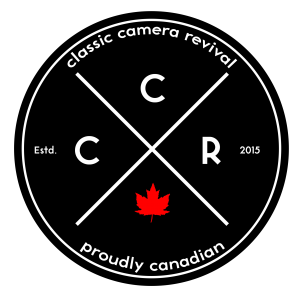When it comes to the 35mm format in photography, one lens comes standard on almost every camera, the 50mm. We were inspired to cover our favourite 50mm lenses after reading through an article published by The Atlantic, which got passed around the gang and various Facebook Groups. The simple matter is that the 50mm is considered normal, what our human eyes see every day. So for our 50th show, we cover those beautiful 50mm lenses that we all know and love!
Canon Lens FD 50mm 1:1.4 S.S.C
When it comes to Canon 50mm lenses one of the most sought after is the 50mm f/1.4 S.S.C. the creme-de-la-creme of Canon manual focus glass. The 50/1.4 came in three different versions, the original chrome nose and black nose are breach locks, with the third and final version being a standard lock. The SSC indicates the top-of-the-line Super Spectral Coating to aid in the reduction of reflections. The lens has pretty much stayed the same from its start in 1973, with only the number of aperture blades changing.

Lens Specs:
Make: Canon
Model: Canon Lens FD 50mm 1:1.4 S.S.C
Focal Length: 50mm
Aperture Range: f/1.4 – f/16 – (Chrome: 6 Blades, Black: 7 Blades, Last: 8 Blades)
Optics: 7 Elements in 6 Groups




Leitz Summicron 50mm 1:2 (Type 5)
When it comes to quality in lenses nothing says it like Leitz. While James is more a fan of his 35mm, he picked up the Summicron 50mm Type 5 specifically for his digital Leica. However, the lens works perfectly on his M6 as well. However, if digital isn’t a factor James says, than any of the early models will work just as well. The lens saw the first manufacture in 1953 and has continued production to this day with changes between Type 1 and Type 2, Type 3 and Type 4. And finally, Type 5 and the current Type 6. The original Type 1 is also collapsible. Images are sharp, and the quality is like no other.
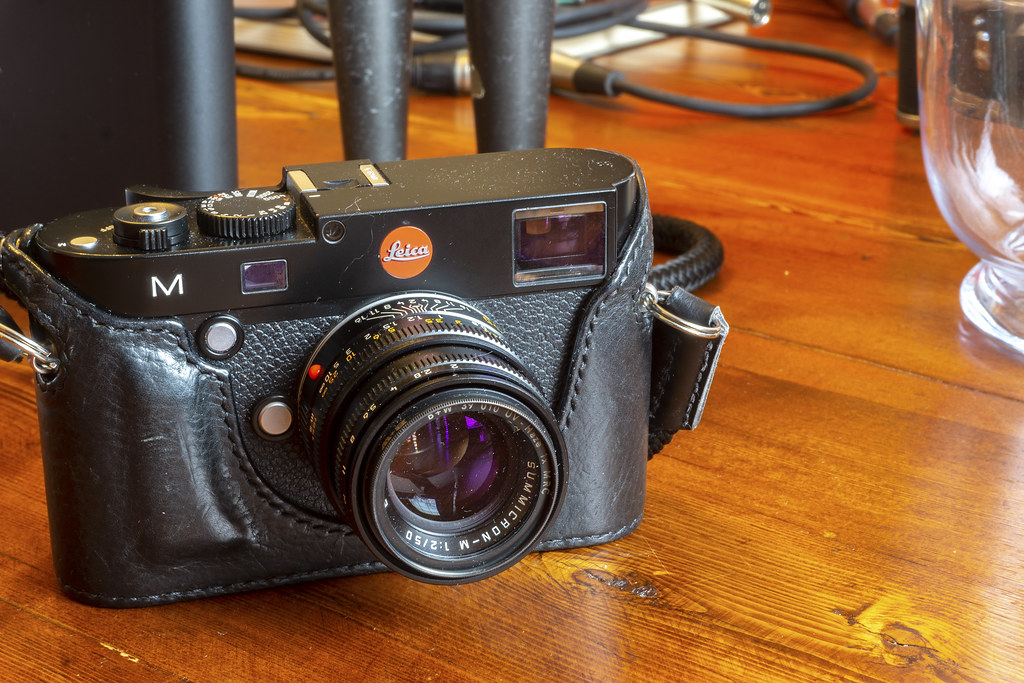
Lens Specs:
Make: Leitz
Model: Leitz Summicron 50mm 1:2 (Type 5)
Focal Length: 50mm
Aperture Range: f/2 – f/16 – 8 Blades
Optics: 6 Elements in 4 Groups




Zeiss-Opton Sonnar f=50mm 1:1,5 T
The history of the Zeiss-Opton Sonnar is the story of optics as a whole. The Sonnar design dates back to the early 20th-Century when the Nettel Company desired to produce a faster version of the Zeiss Tessar lens. Naming it Sonnar, the lens was a 50mm f/4.5. Nettel would eventually merge with Contessa, which would be purchased by Zeiss in 1926 along with the Sonnar. The lens design would get a change in 1929 increasing the maximum aperture to f/2, that aperture would change again in 1932 to f/1.5. Zeiss would apply their T coating in 1935. Of course, during the war, it would be the Russians who got their hands on the Zeiss factory and took several lens designs back to Ukraine. And while the Zeiss factory would be split in two, in the west setting up in the Contessa plant, in the East it would run in Jena (the historic home of Zeiss). This western lens would bear the name Zeiss-Opton and the eastern lenses Zeiss-Jena. For Alex, the lens rarely leaves his Contax IIIa and with the unique aperture produces fantastic out-of-focus elements. Sadly because it is a Contax RF-Mount, it’s hard to get an adapter to use the lens on his a6000 digital.
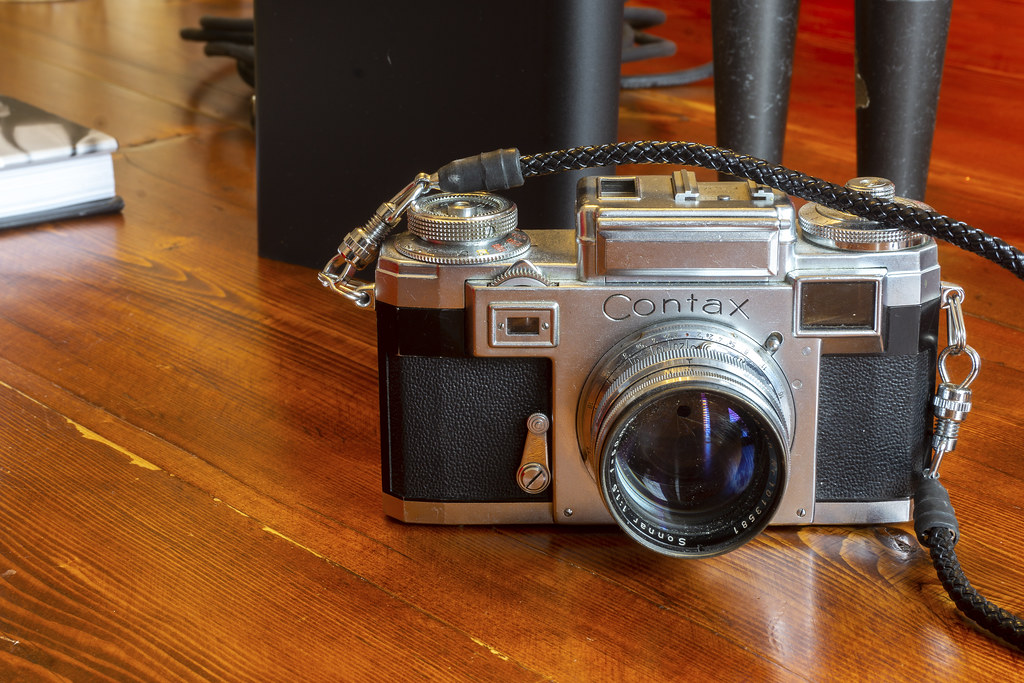
Lens Specs:
Make: Carl Zeiss
Model: Zeiss-Option Sonnar f=50mm 1:1,5 T
Focal Length: 50mm
Aperture Range: f/1.5 – f/16 – 10 Blades
Optics: 7 Elements in 3 Groups
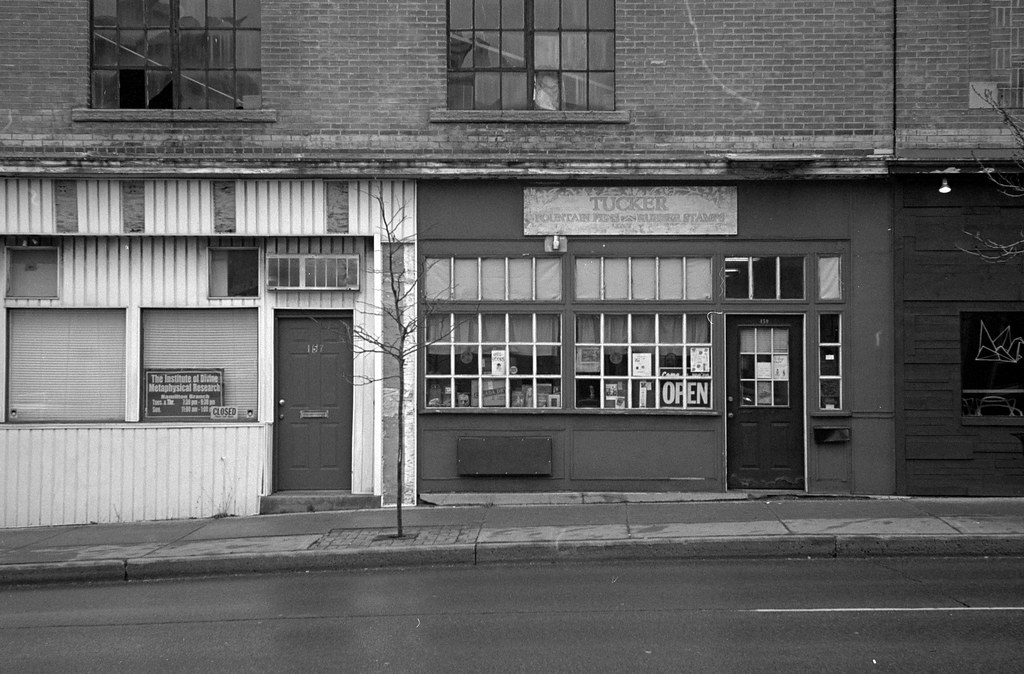
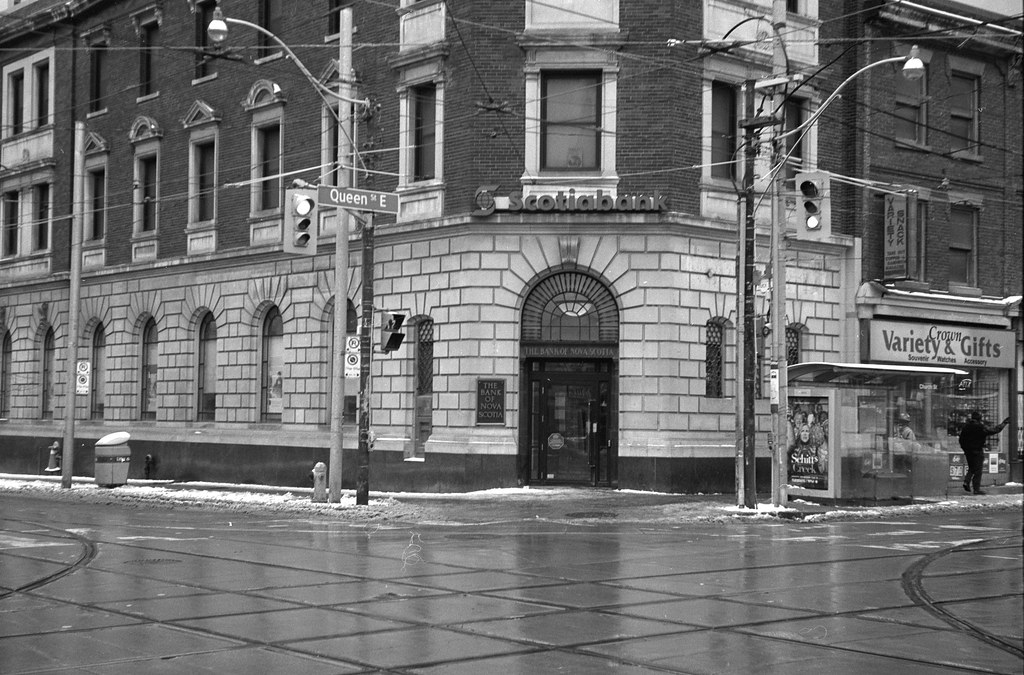
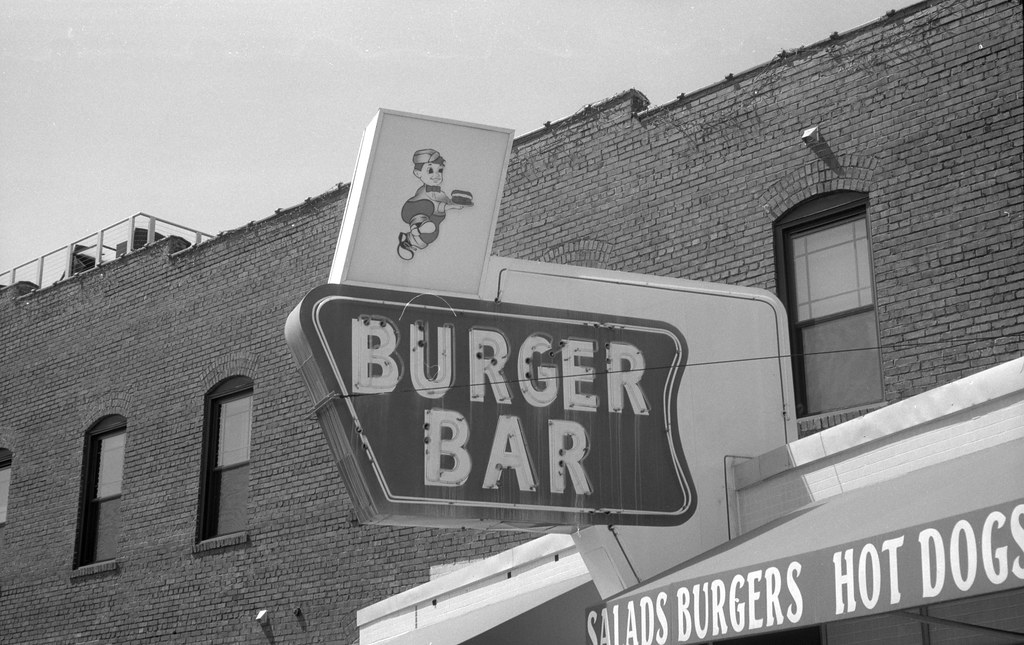
ЮПИТЕР-8 2/50 (Jupiter-8 2/50)
As mentioned earlier, the Sonnar design ended up becoming a mainstay of the Kiev Factory, and it didn’t get lost in space. The older (1929) version of the Sonnar became the Jupiter-8, and for John, it is his lens of choice his Soviet Rangefinders. The Jupiter-8 would be produced in both the Contax RF mount (pre-war) and M39 screw mount. Alex has the later model Jupiter-8m in Contax RF mount which is a great addition to his Sonnar.

Lens Specs:
Make: Arsenal
Model: ЮПИТЕР-8 2/50 (Jupiter-8 2/50)
Focal Length: 50mm
Aperture Range: f/1.5 – f/22 – 9 Blades
Optics: 6 Elements in 3 Groups
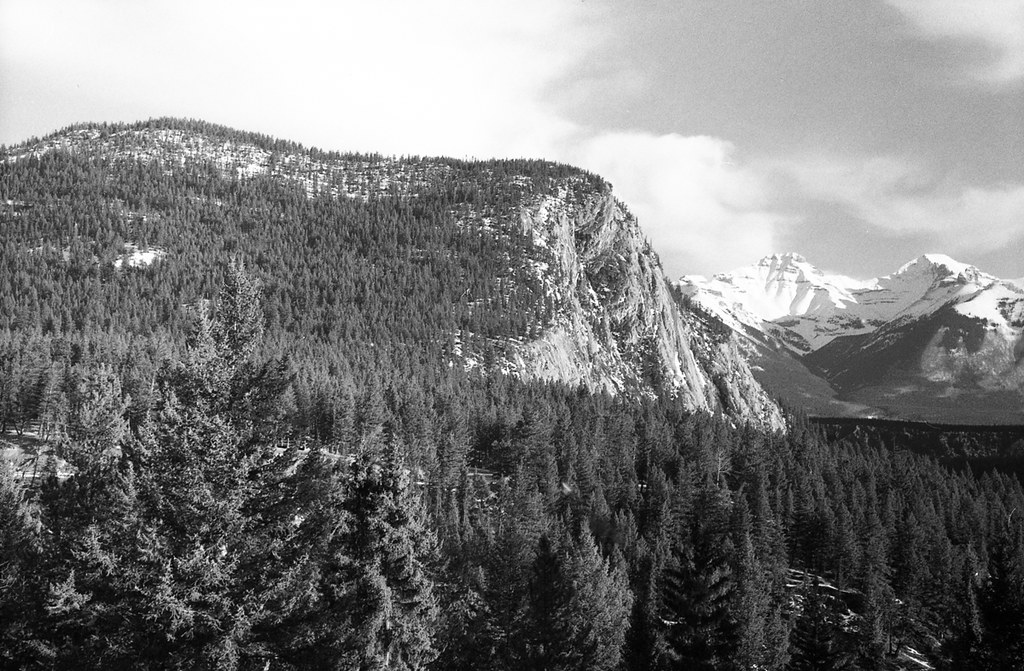
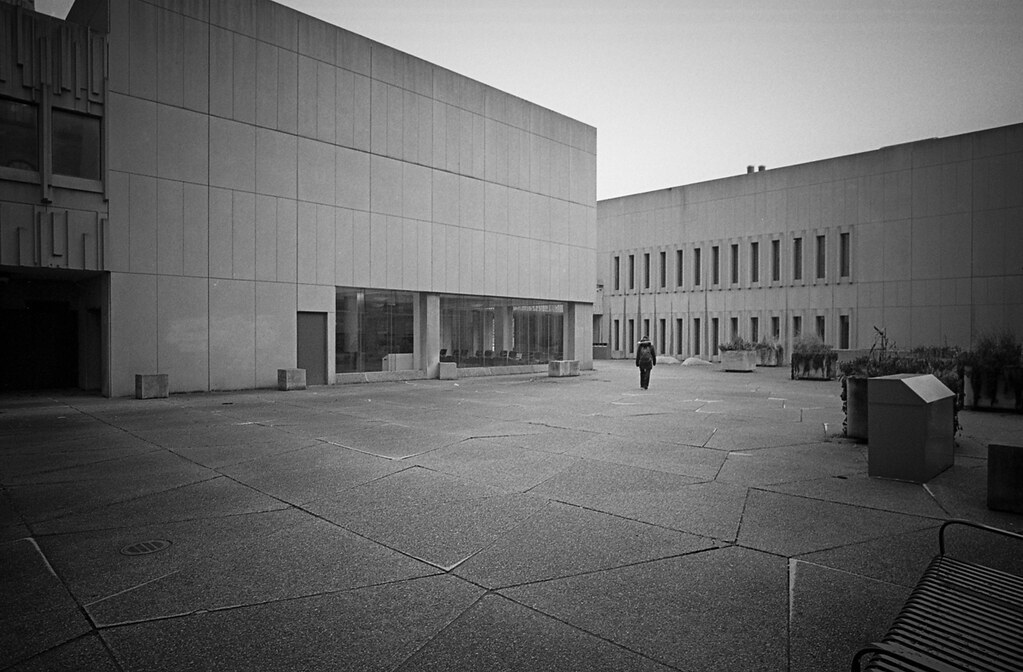

Nikon Series E 50mm 1:1.8
If someone turns up their nose at a Series E Nikon, ignore them, because the Series E 50/1.8 is no slouch, not to mention it’s one of the few pancake lenses from Nikon. It works great on the FM and FE cameras, also the other compact SLRs from Nikon. And while later models went a little more plastic, the early versions have enough metal construction to do the job. Plus the lens is an AI-S lens!
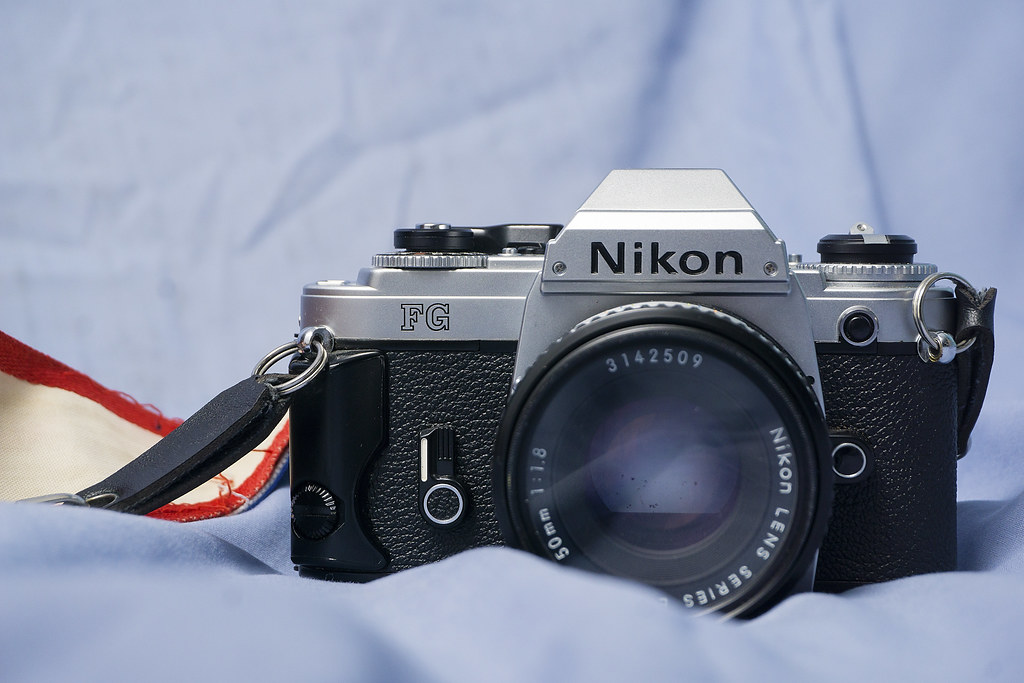
Lens Specs:
Make: Nikon
Model: Nikon Series E 50mm 1:1.8
Focal Length: 50mm
Aperture Range: f/1.8 – f/22 – 7 Blades
Optics: 6 Elements in 5 Groups
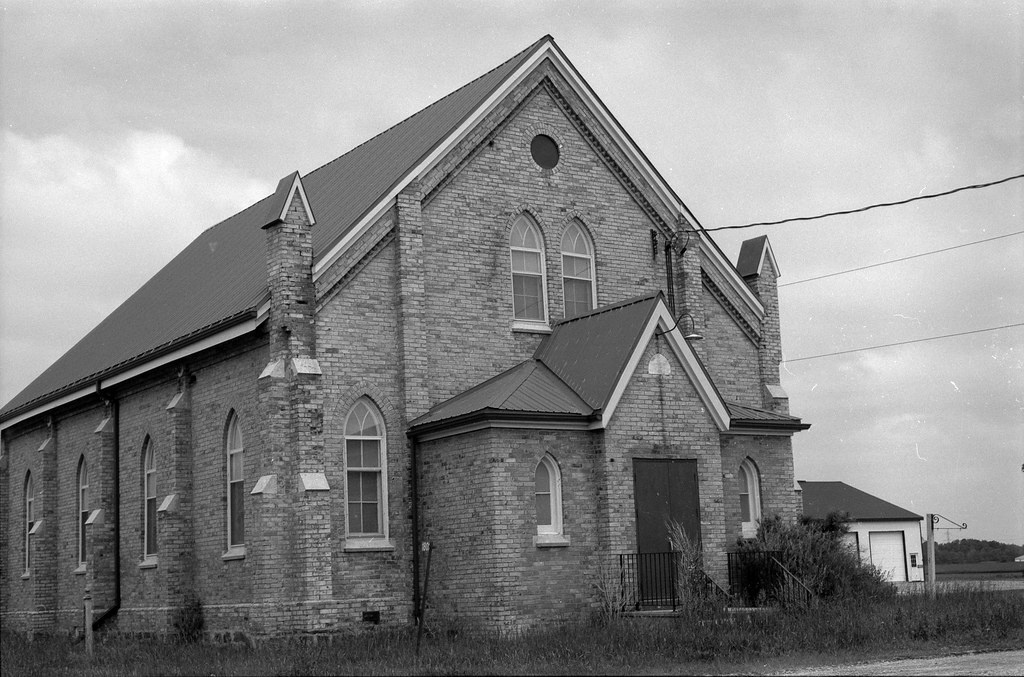

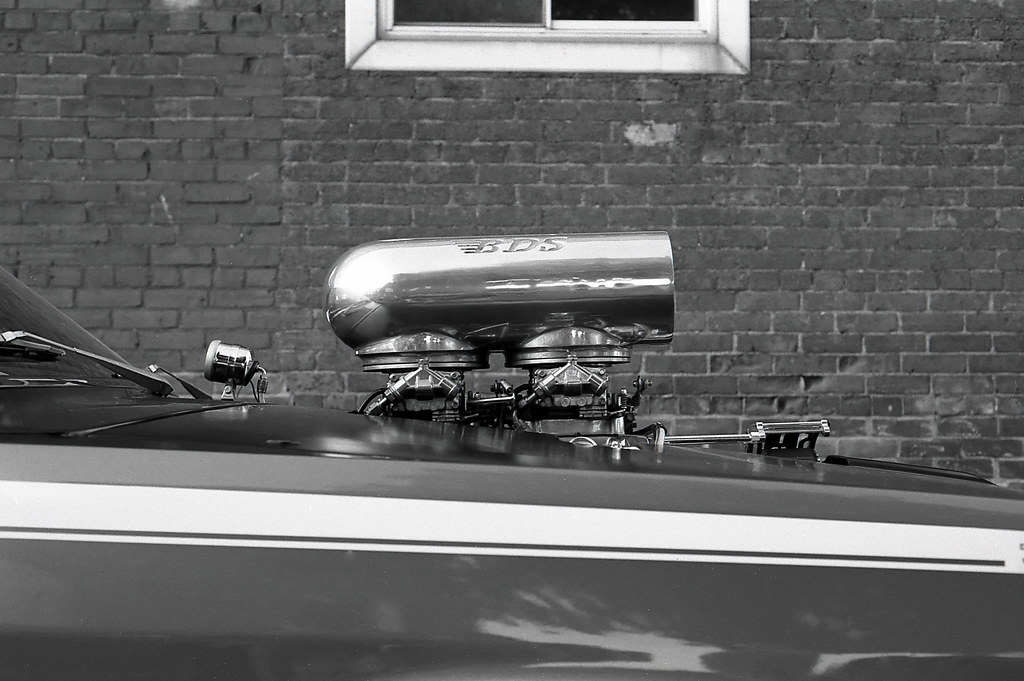
Silence in the Library
Like any group of photographers, we here at Classic Camera Revival probably have enough books individually to open a small public library of our photo book collection. But to keep things simple, everyone has come up with their favourites from their own collections. Each book would make a perfect addition to any Photographer’s permanent library as there’s a mix of guides like the Time-Life Photography Collection, to a mix of both how-to and pure art from 50 Portraits. Not to mention classics like Magnum Contact Sheets.
Looking for a good spot to get your gear and material fix check out Burlington Camera (Burlington, ON), Downtown Camera (Toronto, ON), Film Plus (Toronto, ON), Belle Arte Camera (Hamilton, ON), Pond’s FotoSource (Guleph, ON), Foto Art Camera (Owen Sound, ON). Out West there’s The Camera Store (Calgary, AB) and Beau Photo Supply (Vancouver, BC). Additionally you can order online at Argentix (Quebec), buyfilm.ca (Ontario), the Film Photography Project or Freestyle Photographic.
Also you can connect with us through email: classiccamerarevivial[at]gmail[dot]com or by Facebook, we’re at Classic Camera Revival or even Twitter @ccamerarevival
